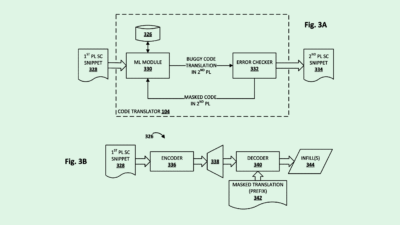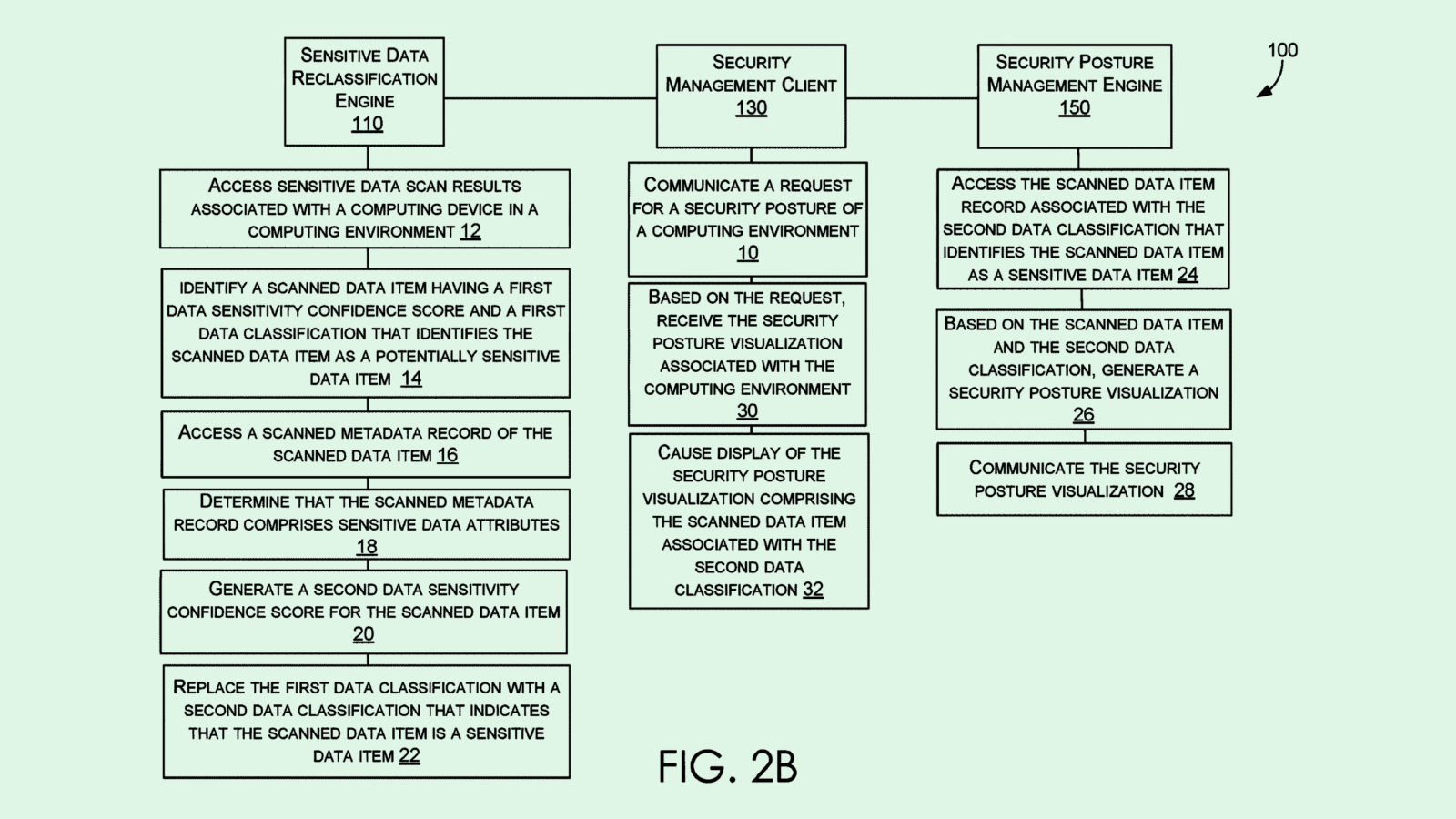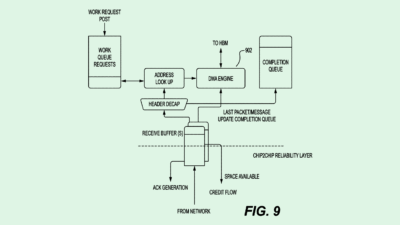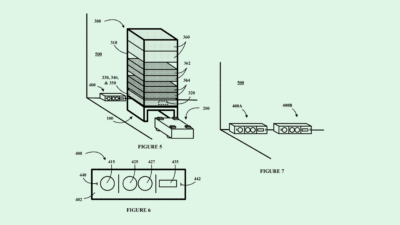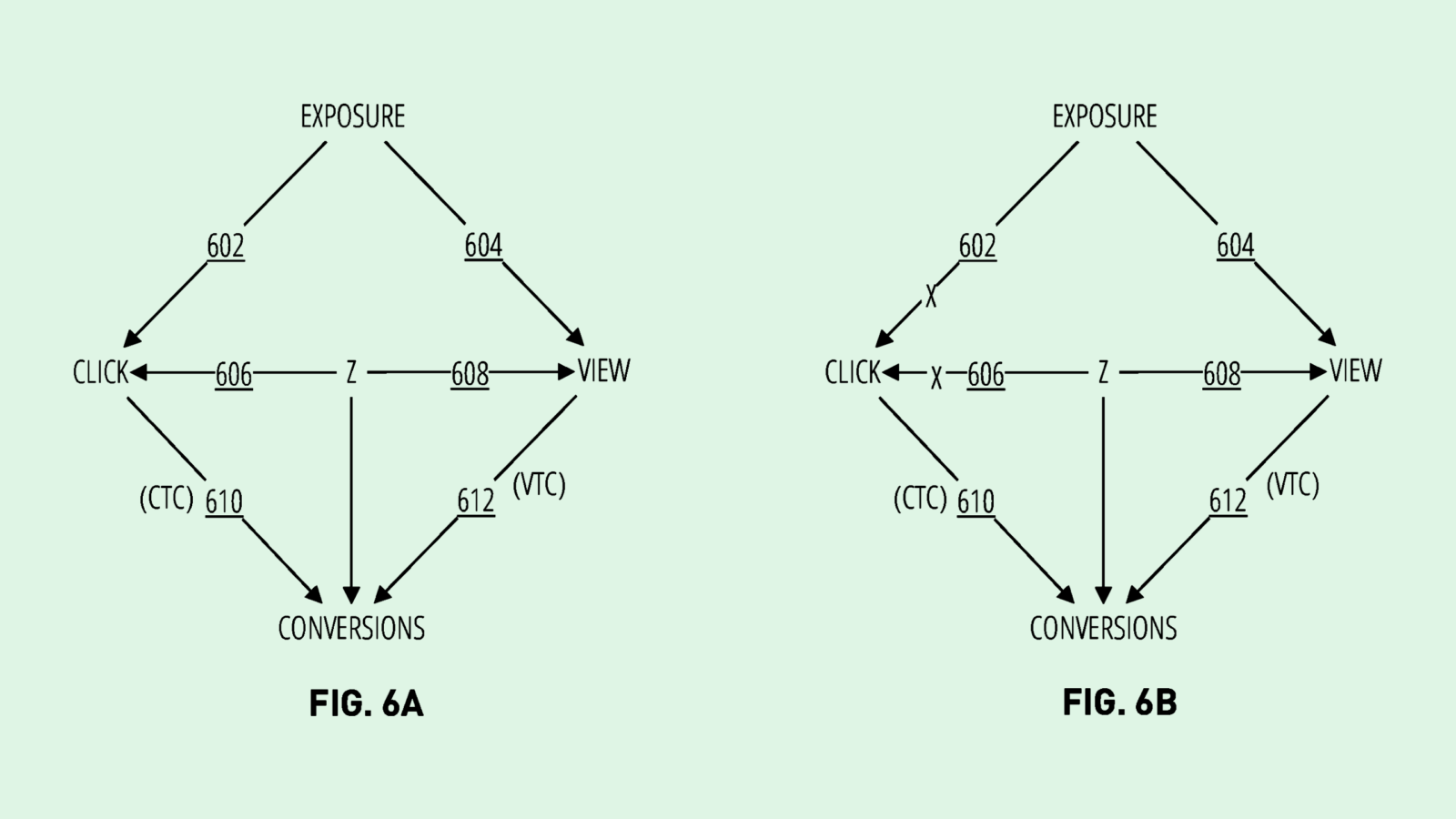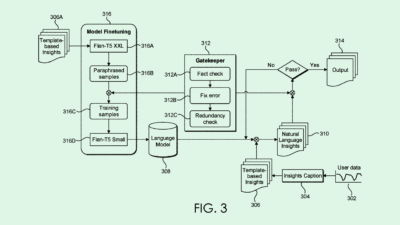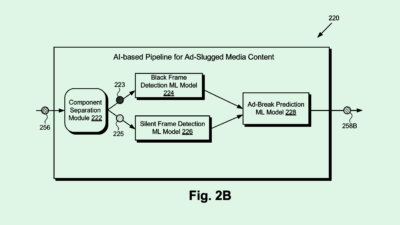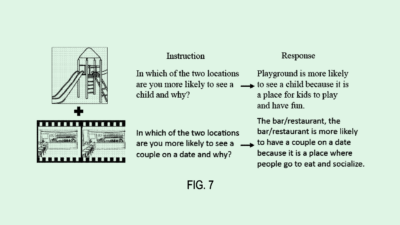Nvidia Patent Reels In Data Centers’ Energy Usage as AI Chips Skyrocket
The tech could signal that the company is reading the tea leaves on data center architecture.
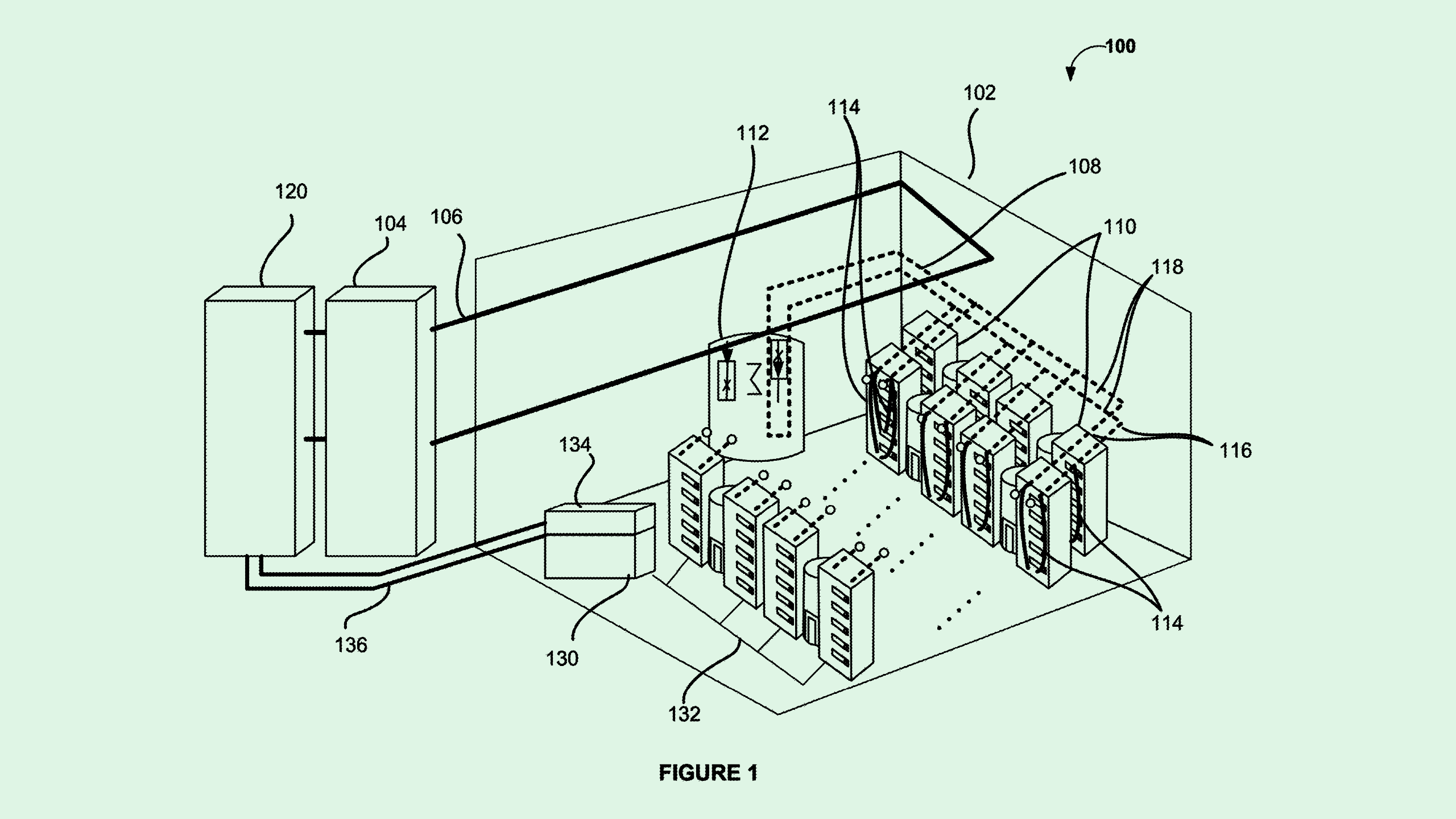
Sign up to uncover the latest in emerging technology.
As Nvidia’s AI race continues to heat up, the company is looking at ways to cool things down.
The chip giant filed a patent application for “energy efficient liquid-cooled datacenters.” Nvidia’s tech essentially aims to cool down data centers without sucking up tons of power.
Cooling takes up an estimated 40% of energy consumption within a data center. “The need for significant electrical power prevents installation in locations where such power may not be available, and may not align with environmental rules or targets for operation,” Nvidia said in the filing.
Fuel cells, fed with “natural gas or bio-gas” such as hydrogen, convert chemical energy from this gas into electricity to either power the entire data center or supplement electrical power “using a supply of relatively environmentally or ‘green’ power.”
As the fuel cell generates electricity, the waste heat it gives off is captured using a “heat exchanger,” which transfers that heat to what the filing calls an “absorption chiller.” This device is used to produce “cooled liquid, air, or gas,” and, instead of using electricity, utilizes the collected waste heat in this process. The coolant created in this process is thereby used to cool down the electrical components of the data center.
In utilizing natural gas like hydrogen for fuel cells, and reusing waste heat in place of electricity, Nvidia’s tech provides two potential methods to make data centers a little less environmentally damaging.
We’ve seen patents like these from Nvidia before: The company has previously sought to patent “intelligent data center” architecture that allows server racks to adapt to changing demands in power, as well as a way to power down “idle cores” within these facilities.
Data centers currently account for between 1% and 2% of overall global power consumption, but could increase to between 3% and 4% by the end of the decade, according to Goldman Sachs Research. The firm projects power demand by these facilities to grow 160% by 2030.
This power demand has led some tech firms to downplay their greenhouse gas emissions and seek workarounds to the carbon credits system. These patents signal that tech firms may be looking for more ways to cope with that ever-growing power demand — especially as AI fever continues to skyrocket.
“It’s really thought leadership on showing what a data center is going to look like in 10 years,” said Trevor Morgan, senior vice president of operations at OpenDrives. “What is going to be the ideal way to build and maintain – in a sustainable way – a data center?”
Nvidia continues to be the powerhouse of the AI industry: The company reported quarterly revenue of $30 billion on Wednesday, up 122% year-over-year. Its data center revenue hit an eye-popping $26.3 billion, up 154% from the prior year. The company’s stock still tumbled after the report, potentially because some buy-side analysts were too bullish about it’s earnings projections.
Sustaining this level of growth may be difficult if power supplies can’t keep up, said Romeo Alvarez, director and research analyst at William O’Neil. “Not having enough electricity supply for data centers, and maybe even limiting [data centers’] capacity … they may see that as a limiting factor for their growth,” said Alvarez.
Another factor that would impact earnings, Morgan said, is “missing out on advances in data center architecture and not being able to dictate how different components, different aspects of the infrastructure evolve.” He added that “they want to ensure that they are part of whatever evolution is going to happen.”

